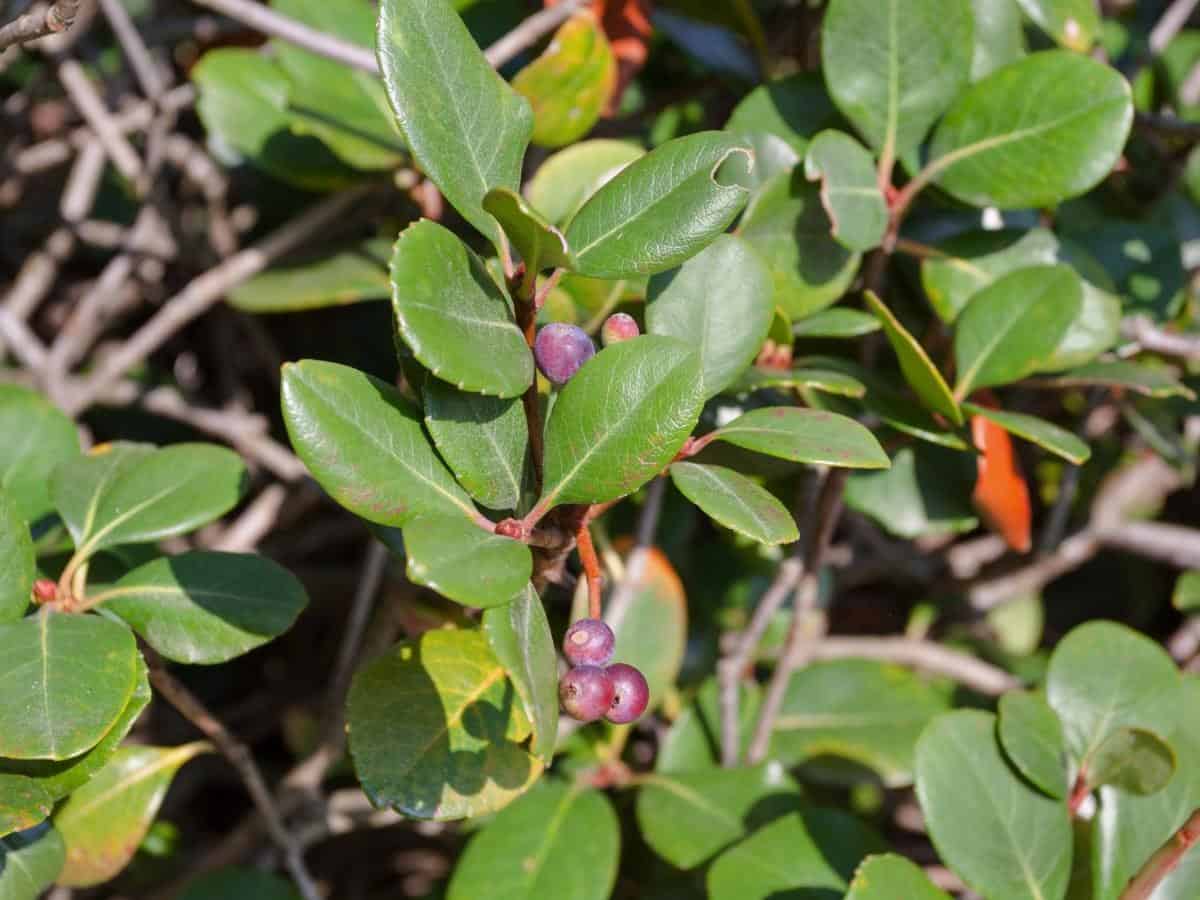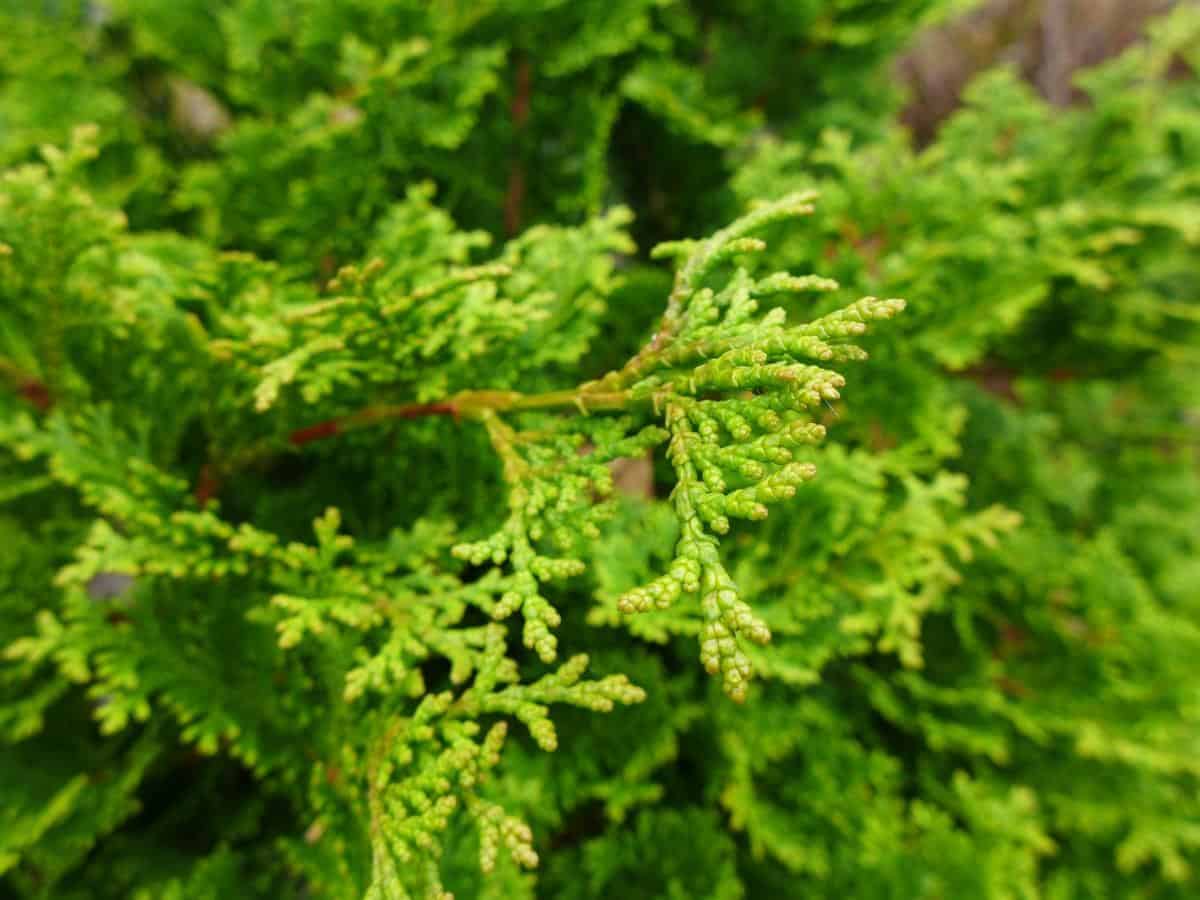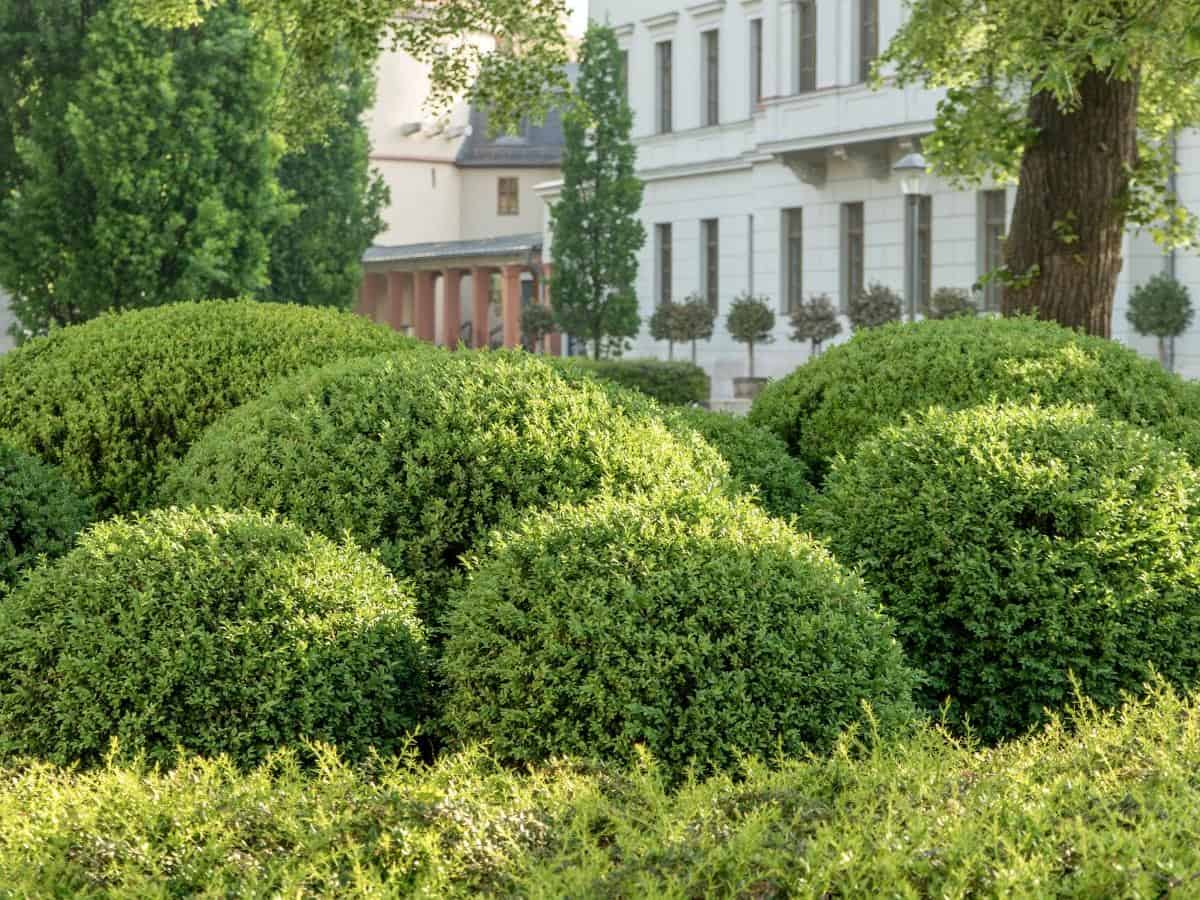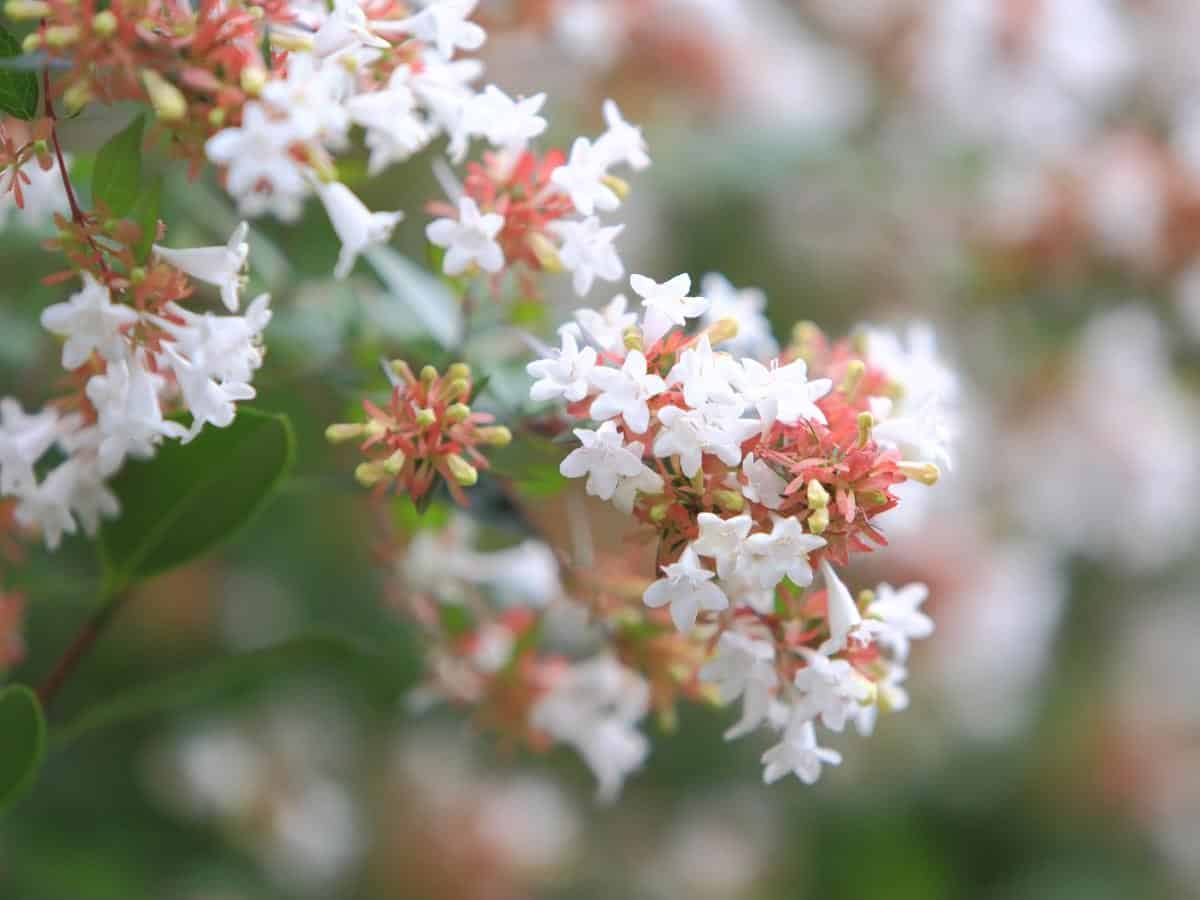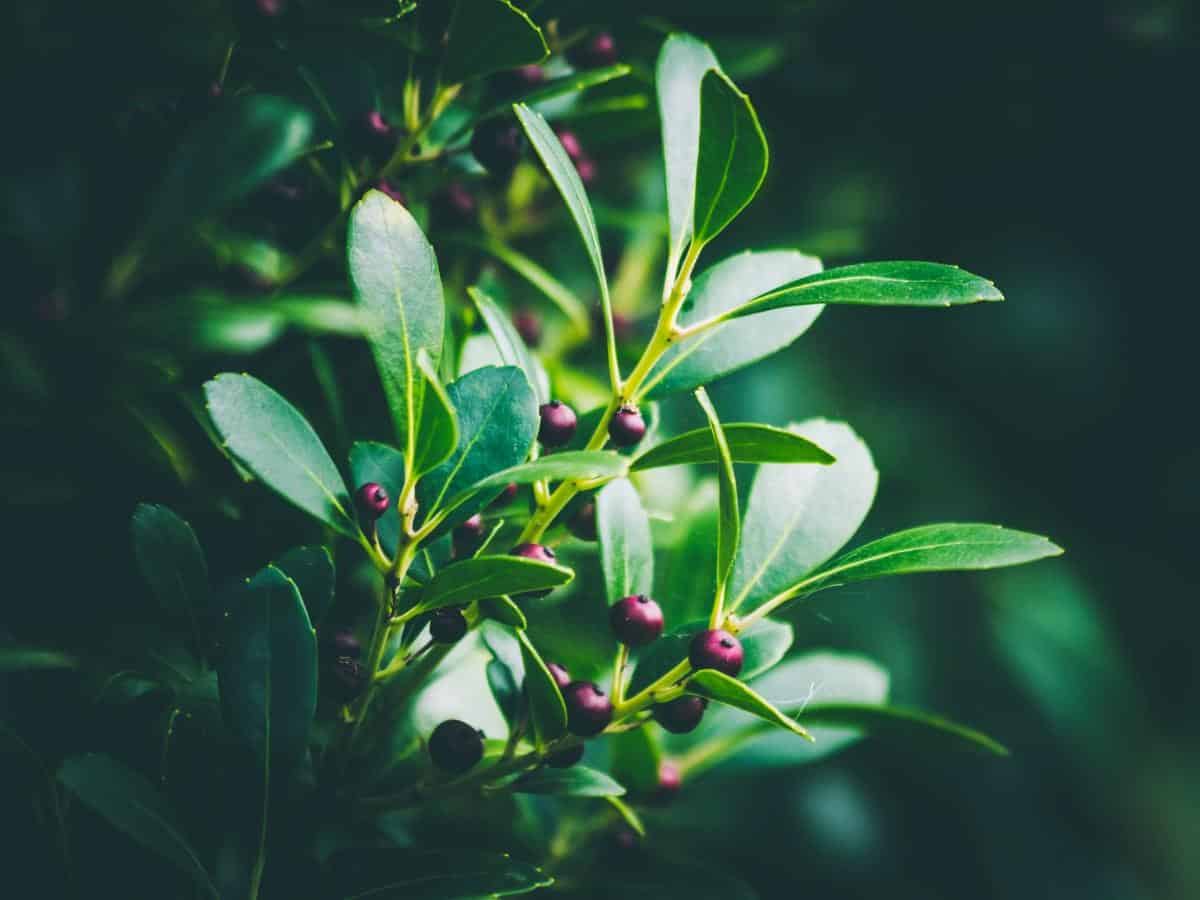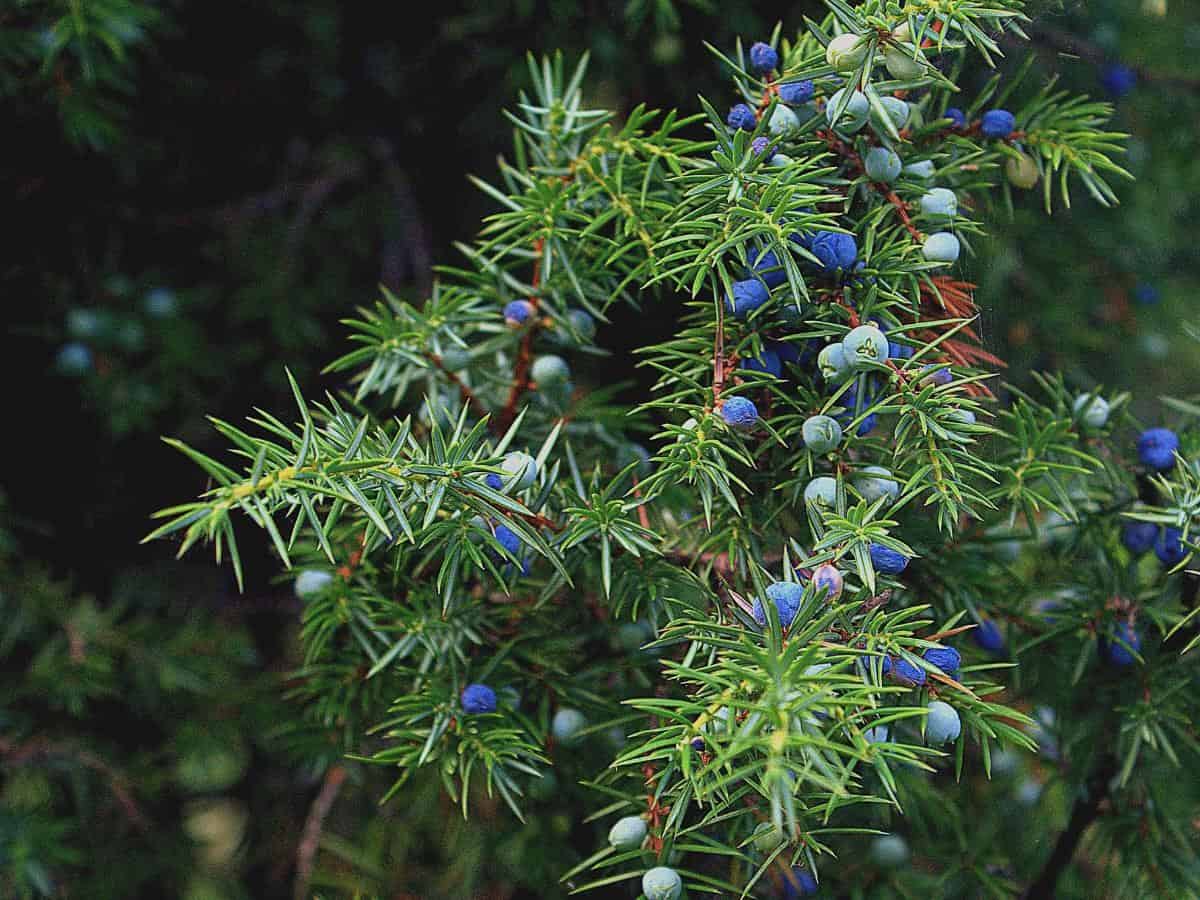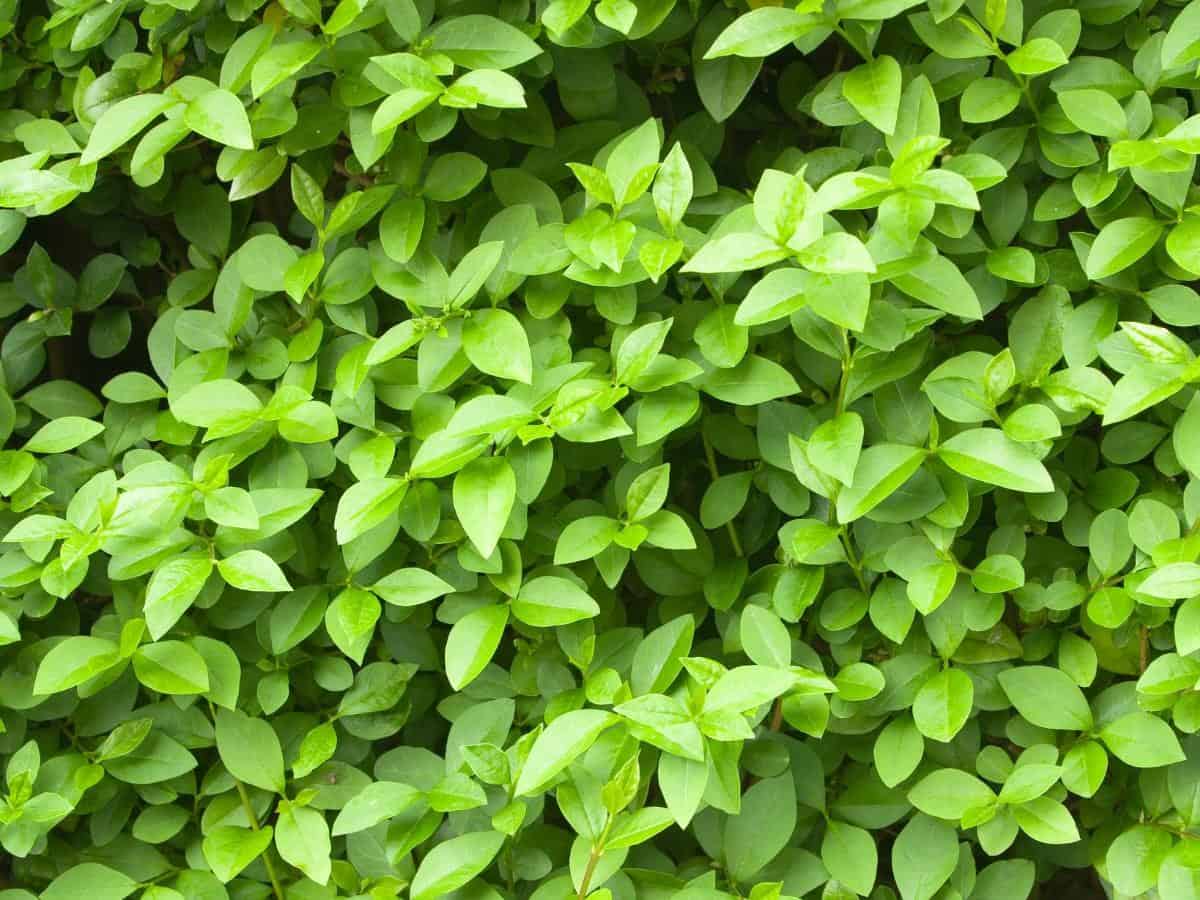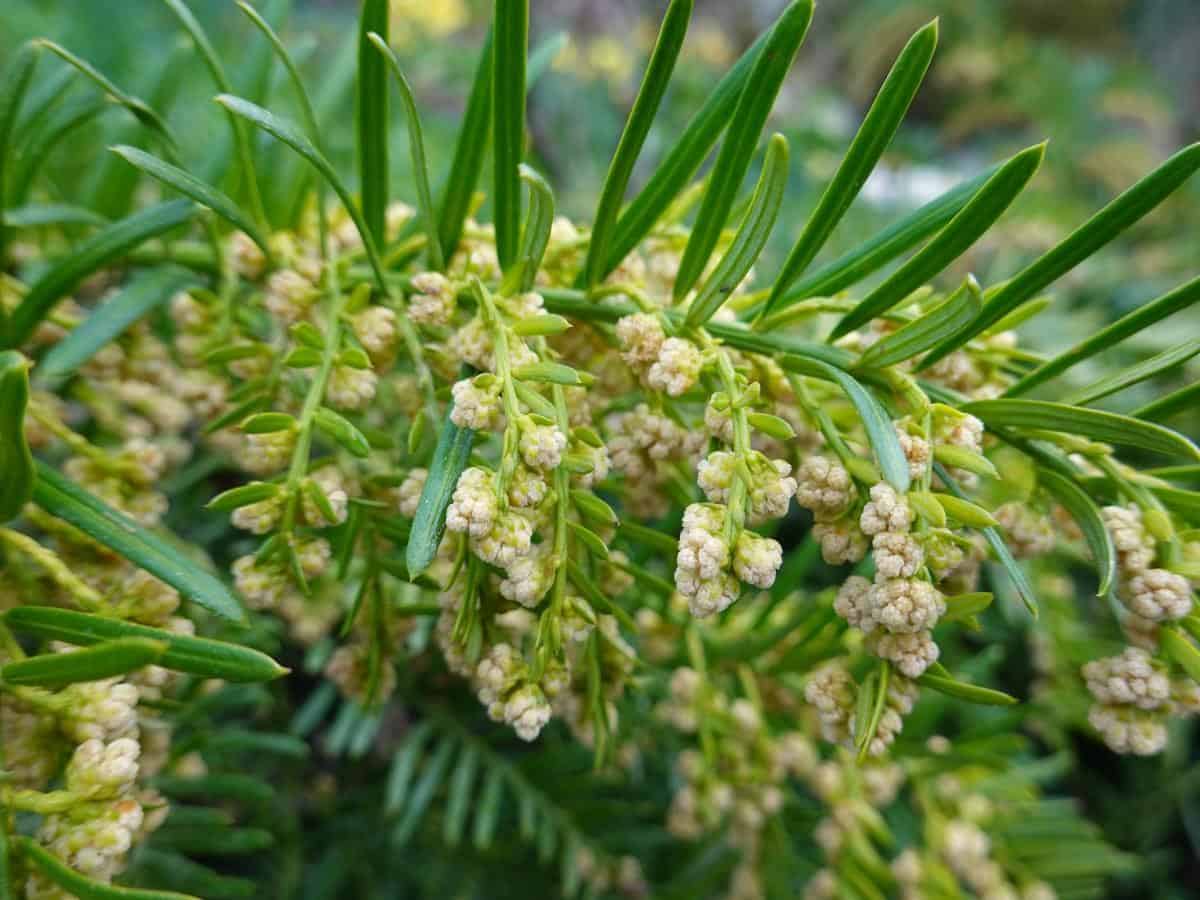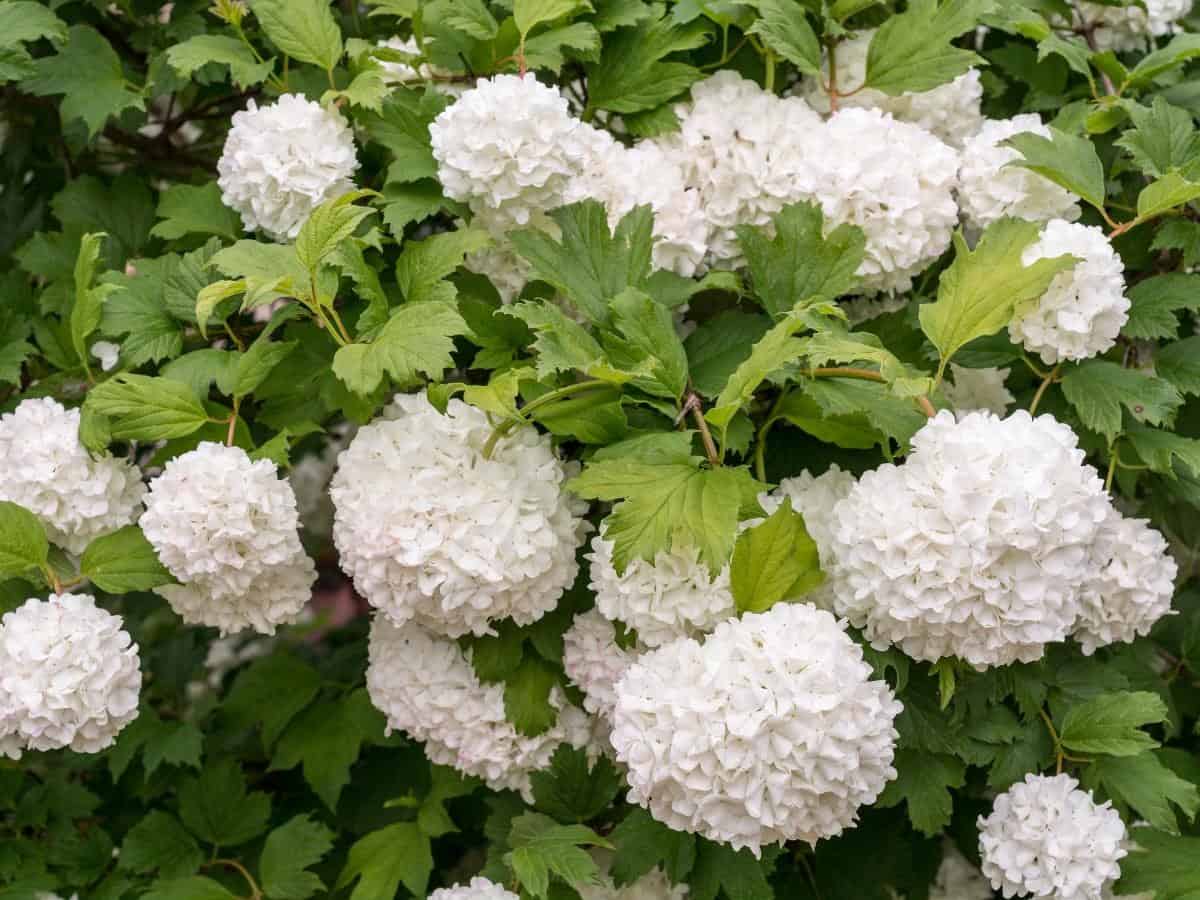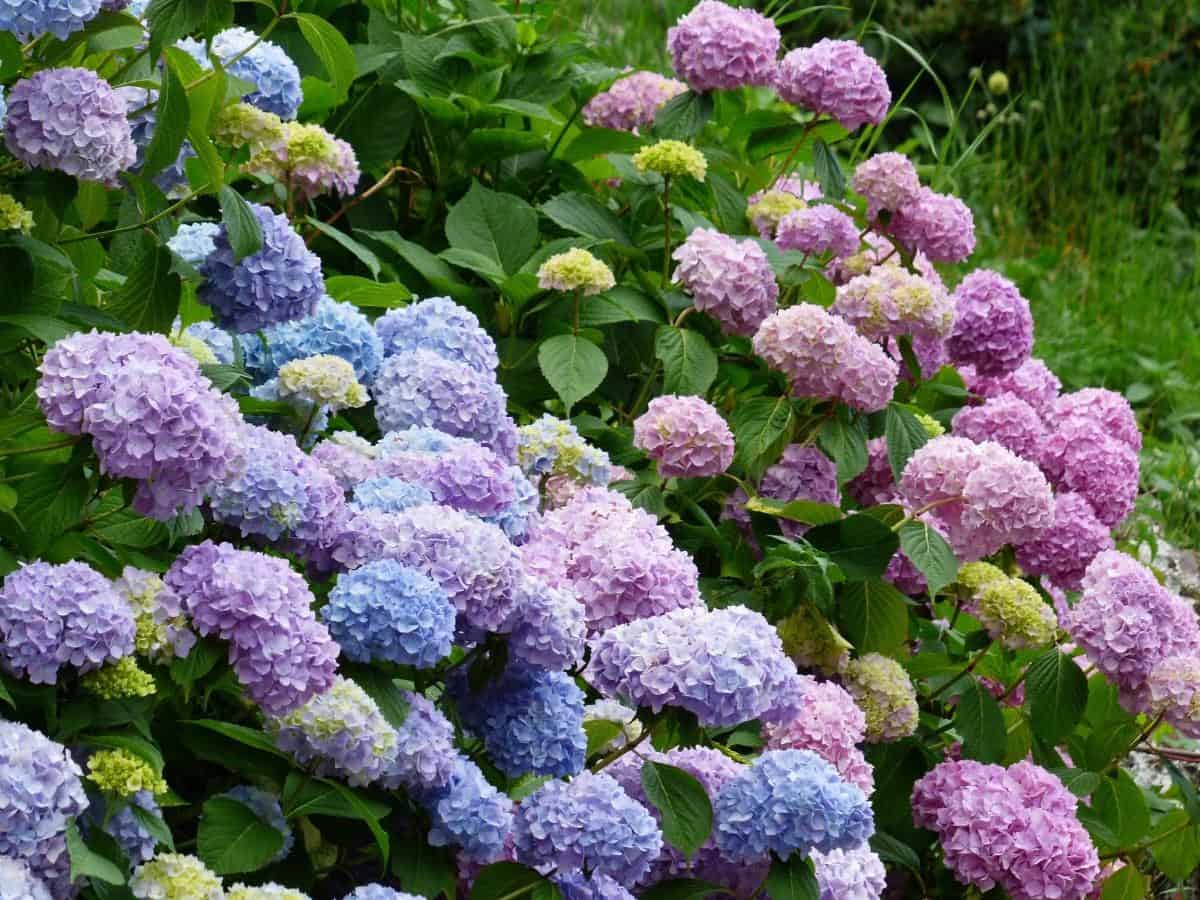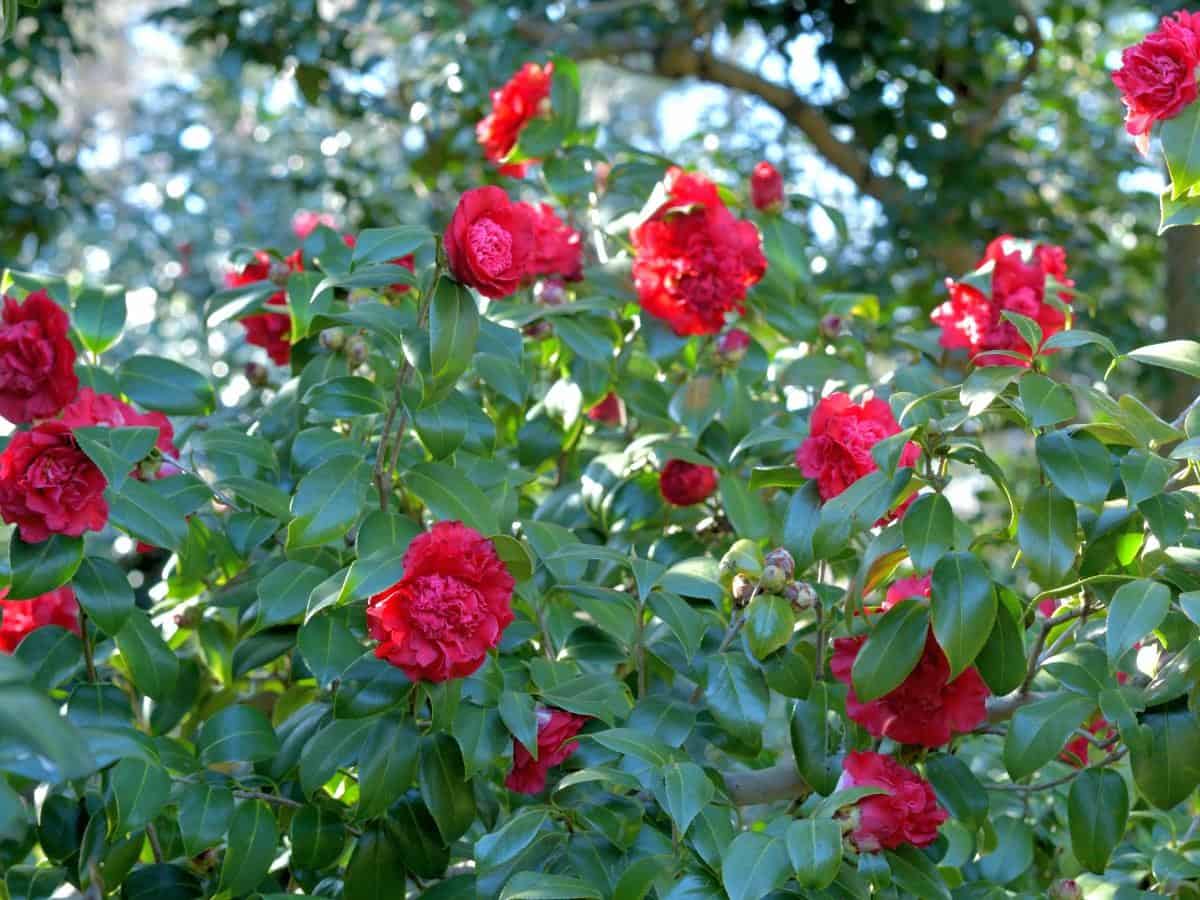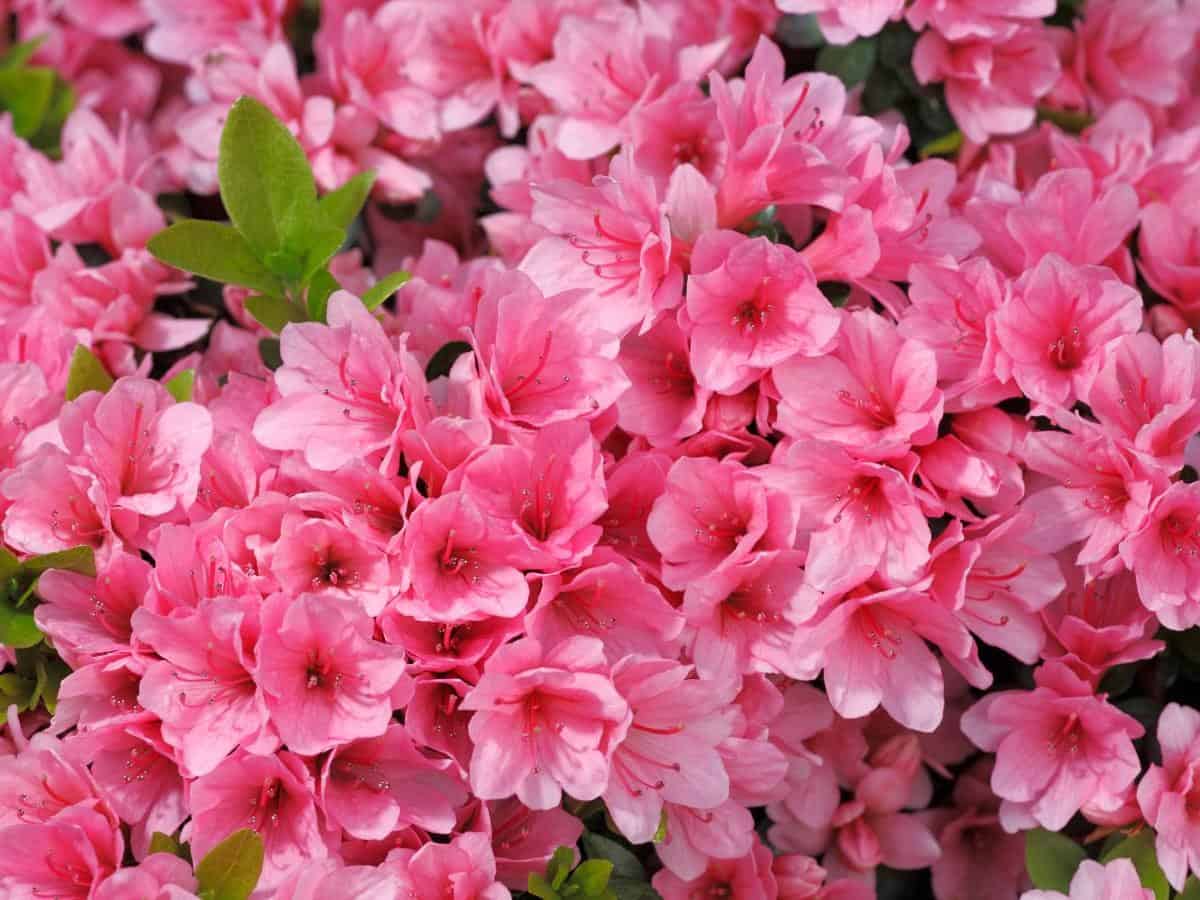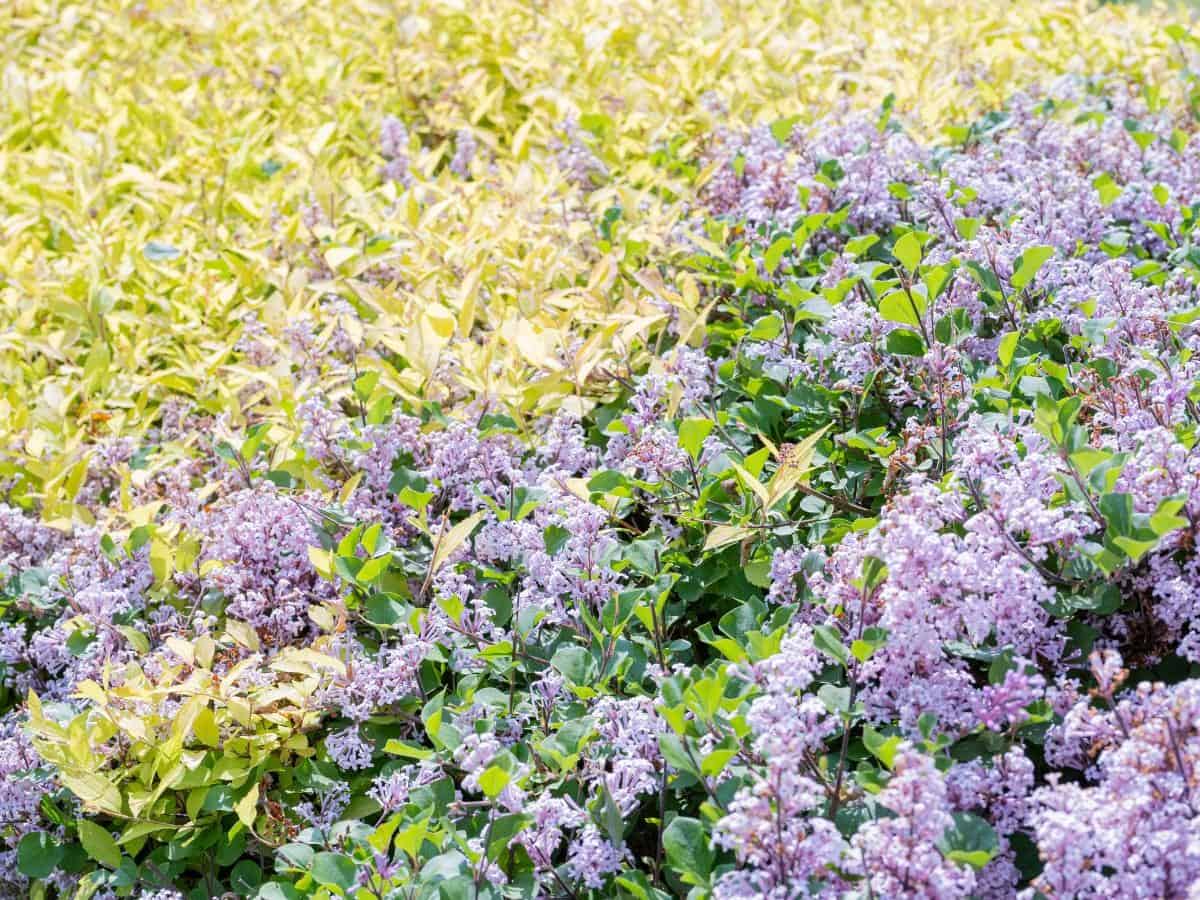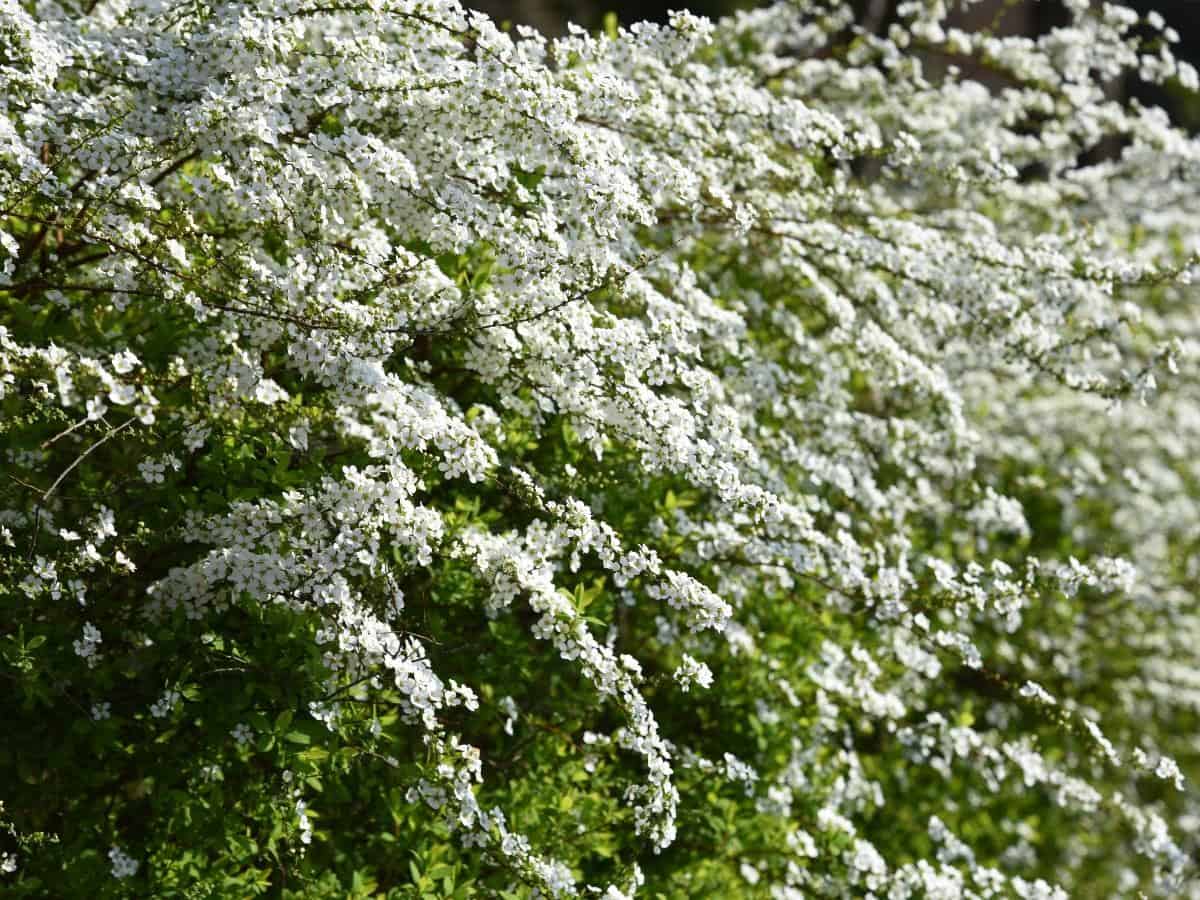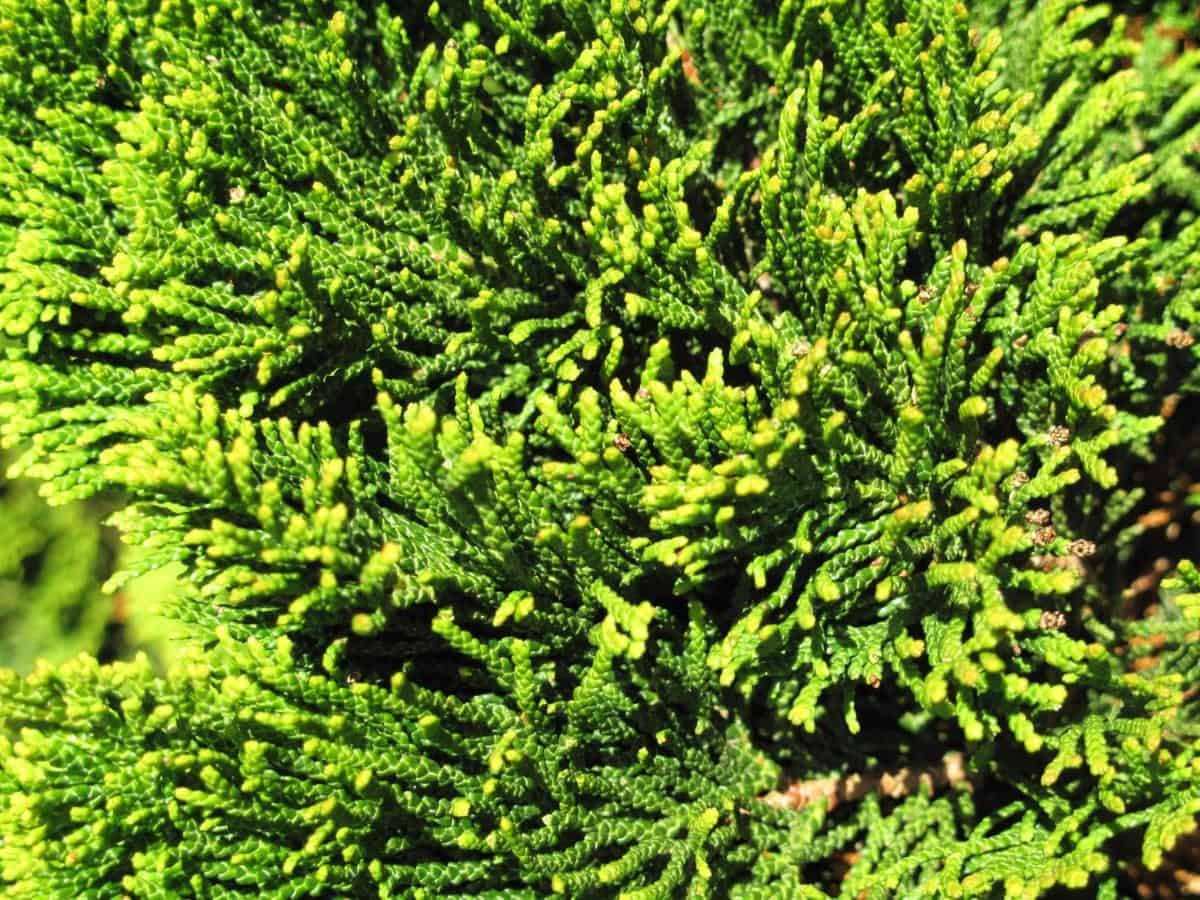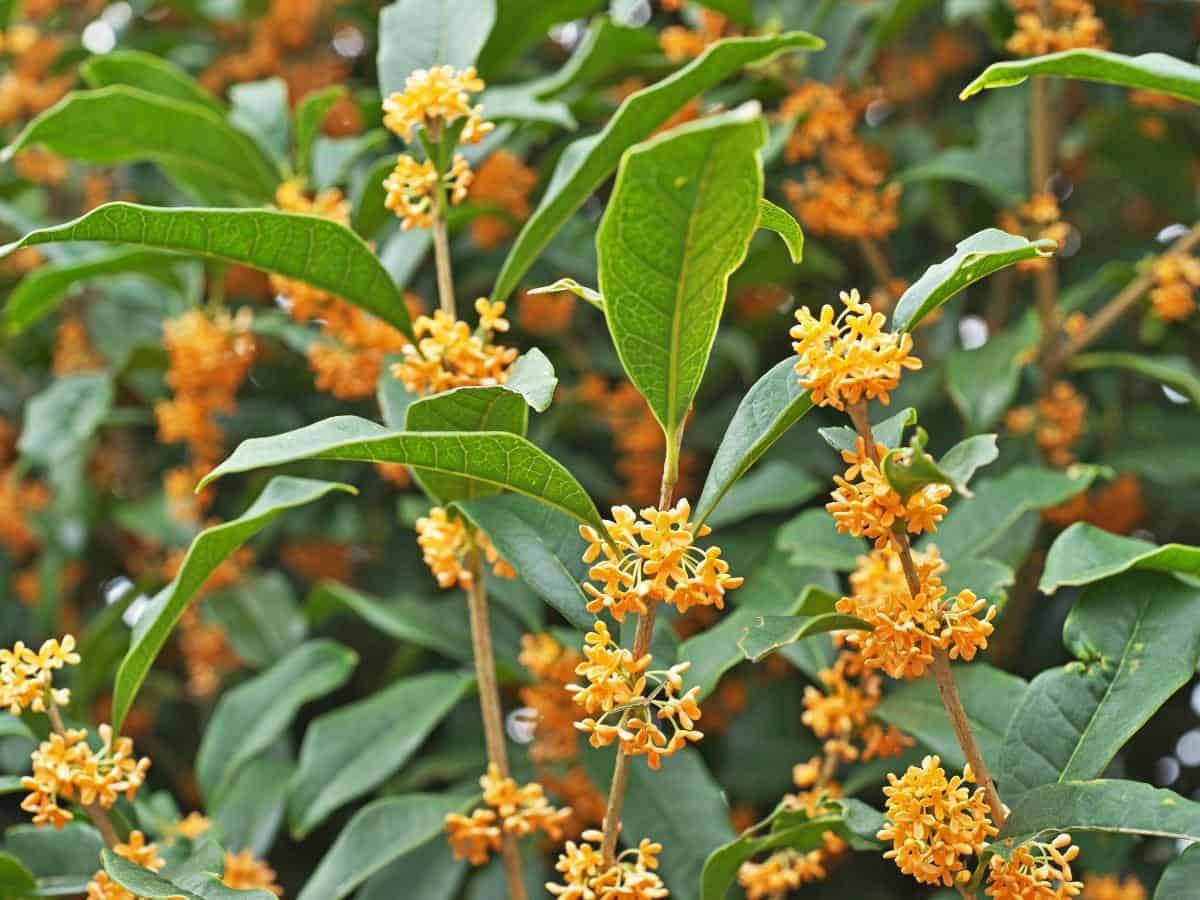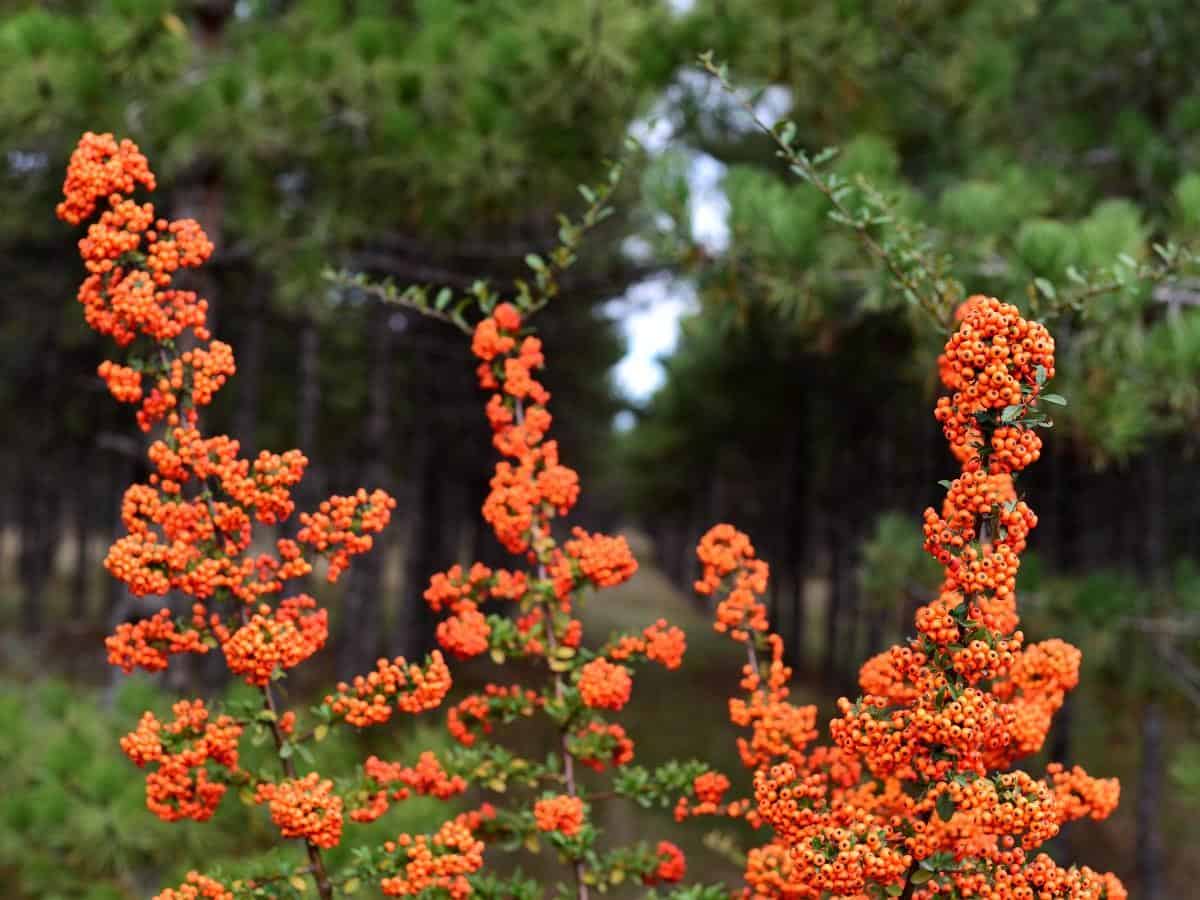While gardening can be an all-consuming passion, incorporating low-maintenance shrubs and trees into your landscape design provides a sense of balance. These hardy plants retain their natural beauty even when neglected or facing unfavorable weather conditions, making them an excellent choice for busy gardeners. As foundational elements, they set the stage for more vibrant, smaller plants that require regular attention.
When selecting these types of shrubs, it’s essential to consider those that don’t demand excessive care, as they can occupy a significant amount of space in your outdoor design. With their versatility, you can create private outdoor spaces, buffer noise, or block wind using the following 19 low-maintenance shrub options. This diverse group includes deciduous and evergreen varieties with varying growth habits, textures, and even showy flowers or berries to enhance your garden’s aesthetic.
Arborvitae
Arborvitae (Thuja spp.) is a versatile evergreen that thrives in a variety of conditions. Its soil requirements include well-drained, moist loam or clay mixtures, making it an excellent choice for gardeners with varying soil types. The shrub’s tolerance for different levels of sunlight allows it to be used as a full-sun or partial-shade plant, depending on the desired aesthetic. USDA growing zones 2-8 provide a suitable climate range for arborvitae cultivation.
When people hear ‘arborvitae,’ they often envision majestic hedges lining driveways and borders. This image is not unfounded, as many varieties of arborvitae produce scale-like foliage with a soft, flat texture and a pleasant yellow-green to green color. While some types can be pruned into dense screens, others grow more compactly, forming rounded shapes that add visual interest to any landscape.
Boxwood
Buxus spp., a versatile evergreen shrub, boasts small, dense leaves that thrive under frequent pruning and shaping into intricate forms. This adaptability has made boxwoods a staple for formal clipped hedge plants. Beyond hedges, they’re also prized as border plants, adding a touch of classic elegance to gardens with low parterres separating plant beds and creating meandering pathways.
Taller varieties can be trained to form a lush, living wall, concealing unsightly areas or left to take its natural shape.
Abelia
Abelia shrubs thrive in environments with well-drained, moist, rich loamy soil and full or partial sun exposure. Their hardiness allows them to grow in USDA zones 4 through 10. One notable aspect of Abelia is its adaptability to different climates, with some regions experiencing evergreen foliage while others may exhibit semi-evergreen characteristics. The shrubs’ leaves are a deep green hue, accompanied by sweetly fragrant flowers that bloom throughout spring and fall.
While Abelias can tolerate a range of soil types, they may shed their leaves in colder temperatures during winter. Despite being relatively drought-tolerant, it’s essential to provide adequate water during prolonged periods of high temperature extremes.
Inkberry Holly
Inkberry holly (Ilex glabra) is a broad-leaf evergreen that produces whitish-green flowers in the spring, preceding the appearance of its dark berries in late summer and early fall. This unique species boasts smooth leaves, unlike its Christmas-style holly counterparts. It has the potential to grow up to 10 feet tall, making it an excellent choice for creating a natural privacy screen. One of the benefits of this plant is its low-maintenance requirements, as minimal pruning is necessary.
To maintain its lush appearance, it’s essential to provide consistent watering during dry periods.
Juniper
Juniper species (Juniper spp.) thrive in well-drained, sandy, rocky, or dry to moist soil conditions, with full sun exposure. These adaptable evergreens can be found in USDA growing zones 2 through 9. Junipers are renowned for their attractive evergreen foliage and berries, offering a diverse range of sizes and shapes from low-growing groundcovers to compact shrubs and majestic trees.
Whether you’re seeking a rapid-growing tree for a garden privacy screen or a tough, blue-hued groundcover, junipers are sure to impress. Their ability to respond well to pruning makes them an excellent choice for hedging purposes.
Privet
Ligustrum plants, known as privets, are a low-maintenance option for gardeners, thriving in well-drained soil and tolerating full or partial sun exposure. Their hardy nature allows them to grow in USDA zones 3-8. While they’re often used as hedges, their versatility means they can be pruned into any desired shape. This adaptability also makes them suitable for foundation planting or container gardens, where they can thrive in a range of soil types.
A notable feature of Ligustrum is the sweet-smelling white flowers that bloom in spring or summer, followed by the emergence of blue-black berries. With seedlings that grow easily, it’s not uncommon to need to control their spread. To bring out the brightest leaf color, plant your privets in a sunny spot. As evergreen plants, Ligustrums typically retain their leaves year-round; however, they may experience leaf loss in colder climates.
Hybrid Yews
Hybrid yews (Taxus spp.) thrive in well-drained soil with medium moisture levels and can tolerate both full and partial sun exposure. They are hardy in USDA growing zones 4-7.
These evergreen shrubs, known for their upright growth, possess the winter hardiness of Japanese yews and the ornamental appeal of English yews. As a result, they are less susceptible to pests and diseases, making them an excellent choice for hedge plants.
Proper drainage is crucial, however, as overwatering can lead to issues.
In terms of maintenance, hybrid yews are relatively low-maintenance, requiring little to no regular pruning. This makes them a popular option for topiaries and formal hedges. It’s worth noting that deer protection, particularly during the winter months, is essential to ensure the health and longevity of your plant.
Viburnum
The Viburnum spp., a popular choice for landscaping shrubs, boasts a range of appealing characteristics. With well-drained and moist soil, these plants thrive under full or partial sun exposure across USDA growing zones 2-10. Their slender leaves are often glossy in appearance, while white flower clusters provide a stunning display.
Some varieties, such as Viburnum macrocephalum (Chinese Snowball Viburnum), exhibit semi-evergreen tendencies, whereas others like Viburnum japonicum and Viburnum davidii remain evergreen year-round. Butterflies are drawn to the fragrant spring blooms, while birds find the fruit irresistible. Moreover, Viburnums can tolerate a variety of soil types and, in some cases, be trained as small trees.
Hydrangea
Hydrangeas (Hydrangea spp.) thrive in well-drained, moist soil and can tolerate a range of sunlight conditions from full sun to partial shade. With USDA growing zones spanning 3-8, these flowering shrubs are adaptable to various climates. Once established, they require minimal pruning in the spring, making them an attractive addition to any garden. As deciduous plants, hydrangeas produce stunning blooms that can range from delicate lacecap arrangements to showy mophead displays.
These flowers attract butterflies and provide a beautiful display of creamy white petals throughout the summer and into fall. Even after they’ve faded, the dried blooms retain their charm, making them a lovely addition to any garden bed. Some popular varieties include ‘Snow Queen’ and ‘Munchkin’, each with its own unique characteristics. To ensure the most vibrant summer blooms, pruning stems at the optimal time is crucial.
Camellia
Camellias (Camellia spp.) are a popular choice for gardeners, offering vibrant flowers that thrive in a variety of conditions. These evergreen shrubs prefer well-drained soil with a mix of sand, loam, and clay, but can adapt to different soil types. They also tolerate full or partial sun exposure, making them suitable for USDA growing zones 7-9. Two notable varieties include C. japonica, which blooms in late winter or early spring, and C. sasanqua, which flowers in late fall.
Sasanqua camellias are more tolerant of full sun and can grow well in most soil types, whereas Japanese camellia prefers rich, acidic soil and partial sun. To shape your camellia, you can prune it to maintain a desired size or leave it to grow into a small tree.
Azalea
Azaleas (Rhododendron spp.) are a harbinger of spring’s arrival, with their vibrant blooms signaling the end of winter. The most popular varieties are evergreen hybrids, characterized by their trumpet-shaped flowers in shades of white or pink. Some species, such as Encore azaleas, boast an impressive three-season blooming period. Once established, these flowering shrubs require minimal maintenance, making them a low-fuss addition to any garden.
While the majority of azalea cultivars thrive in USDA zones 6-8, newer varieties have been developed to flourish in zones 9 and 10, providing more gardeners with the opportunity to enjoy their beauty.
Chinese Fringe Flower
Loropetalum chinense is a popular ornamental plant prized for its striking foliage and vibrant spring blooms. The leaves can display mesmerizing patterns of lime or plum hues, adding an extra layer of visual interest. Typically growing up to 6 feet tall and wide, this shrub’s arching habit is perfect for creating a sense of movement in the landscape. While it thrives in full sun, some afternoon shade can also be beneficial.
With its adaptability to USDA zones 7-9, Loropetalum chinense makes for an excellent choice for gardeners seeking low-maintenance beauty.
Distylium
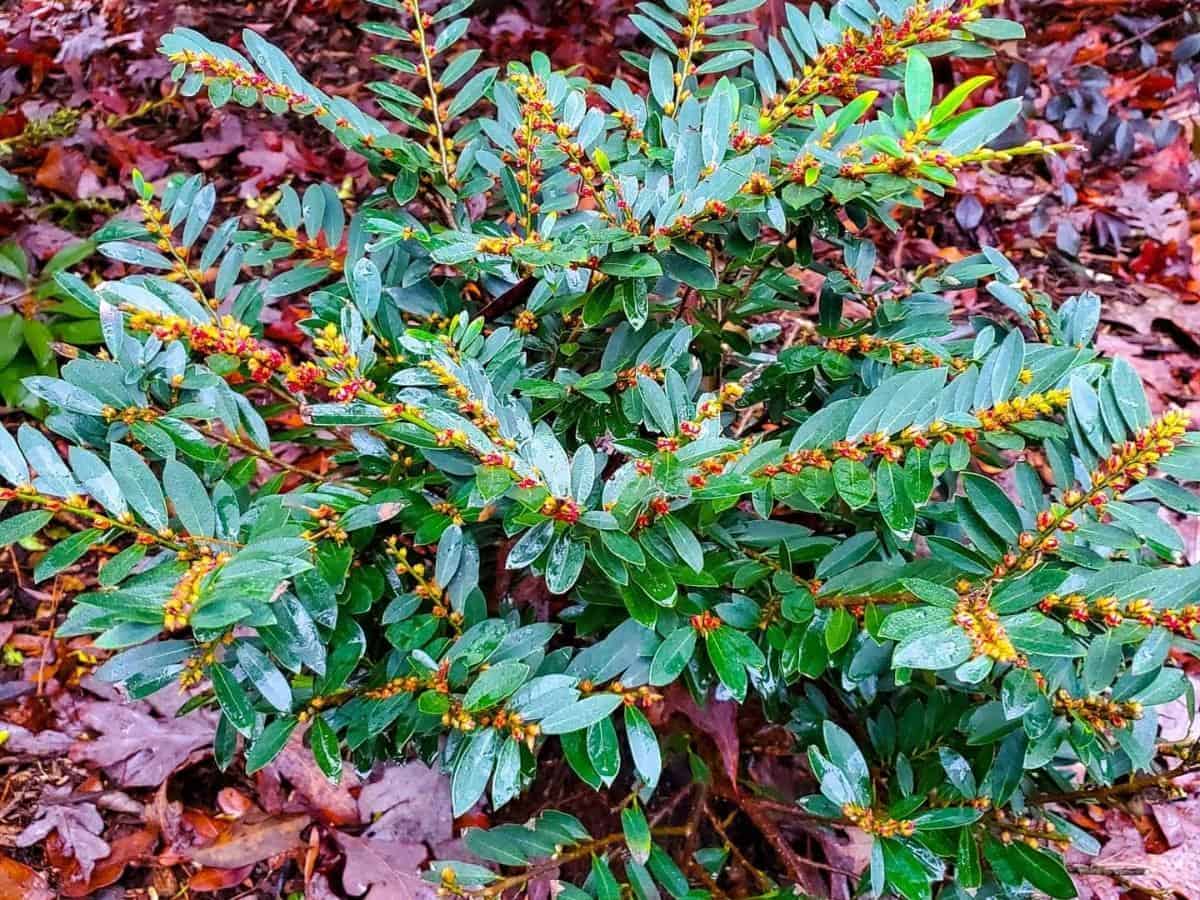
Distylium spp., a highly adaptable plant, can be used as a striking screen, filler, backdrop, or border. Its impressive qualities include being disease-resistant, compact, heat-tolerant, and drought-resistant – making it an ideal evergreen shrub for many gardeners. While most varieties require minimal pruning, tip pruning is recommended to maintain their natural bushy appearance.
Korean Lilac
Syringa meyeri, also known as the Meyer lilac, is a deciduous shrub that boasts fragrant purple blooms in May. One of the easiest lilacs to grow, it thrives in well-drained soil and full sun. Its hardiness makes it an ideal choice for USDA growing zones 3-7. A notable advantage of this variety is its natural resistance to powdery mildew, a common affliction affecting many lilac species.
Additionally, Syringa meyeri remains relatively compact, reaching heights under 10 feet, making it an excellent option for creating a beautiful floral hedge. To ensure optimal growth and blooming, prune the shrub immediately after flowering, as its stems produce blooms on previous years’ growth, allowing you to enjoy another year of vibrant flowers.
Spirea
Spiraea spp., known for their dense growth habit, make excellent privacy hedge plants due to their deciduous nature. These shrubs thrive in well-drained soil that remains moist, with full sun exposure being ideal. They can be grown in USDA zones 3-8. One popular variety, bridal wreath spirea (Spiraea prunifolia), is particularly notable for its showy spring blooms and unique foliage.
In the spring, long, trailing branches of this variety arch towards the ground, blanketed with tiny, delicate flowers before their leaves emerge. As summer gives way to autumn, the leaves of Spiraea spp. undergo a vibrant color transformation, often taking on hues of purple and golden-orange.
Hinoki Cypress
The Hinoki Cypress (Chamaecyparis obtusa) boasts long, drooping branches that give it a striking weeping quality, reminiscent of a Japanese variety. Notably, this evergreen can be pruned to maintain a desired height, making it suitable for both tree and shrub applications. When mature, the full-sized plant is often used as a privacy screen, while its compact form makes it an excellent choice for bonsai cultivation.
Hinoki cypress exhibits impressive drought tolerance once established, coupled with stunning foliage that adds to its visual appeal.
Tea Olive
With its botanical name being Osmanthus fragrans, the tea olive (Osmanthus fragrans) boasts a unique set of soil requirements: it thrives in well-drained and moist conditions. As for sun exposure, it can tolerate both full and partial sunlight. Furthermore, this evergreen shrub or small tree is hardy in USDA growing zones 8 through 11. The tea olive’s charm lies not only in its dainty white blooms and glossy leaves but also in the intoxicating apricot fragrance that fills the air.
This fragrant plant produces flowers throughout the spring, summer, and occasionally during other seasons of the year. A versatile and attractive addition to any garden, it can be grown as a compact shrub or pruned to maintain its tree-like shape. If you reside in the southern United States, the tea olive is an absolute must-have for your outdoor space.
Scarlet Firethorn
The Pyracantha coccinea, also known as the scarlet firethorn, is a unique deciduous and evergreen shrub that thrives in well-drained soil with dry to medium moisture levels. It can tolerate full sun to partial shade, making it suitable for USDA growing zones 6-9. While its deciduous nature prevails in colder climates, it retains its evergreen foliage in milder regions, showcasing vibrant white flowers in the spring and stunning red-orange berries during the summer months.
One of this shrub’s notable features is its thorny branches, which can be easily trained to form an informal hedge or espalier, adding a touch of elegance to any outdoor space.
Indian Hawthorn
Indian hawthorn (Rhapiolepsis indica) is a low-maintenance, slow-growing Asian native that can reach heights of 3-6 feet. Its distinctive features include oblong leaves with serrated edges and a glossy, leathery texture that transitions from bronze to dark green as they mature. This adaptable plant thrives in well-drained soil and full sun, making it suitable for USDA growing zones 8-10.
In the spring, Rhapiolepsis indica produces clusters of small, star-shaped flowers with a sweet fragrance, blooming at the ends of its branches.
